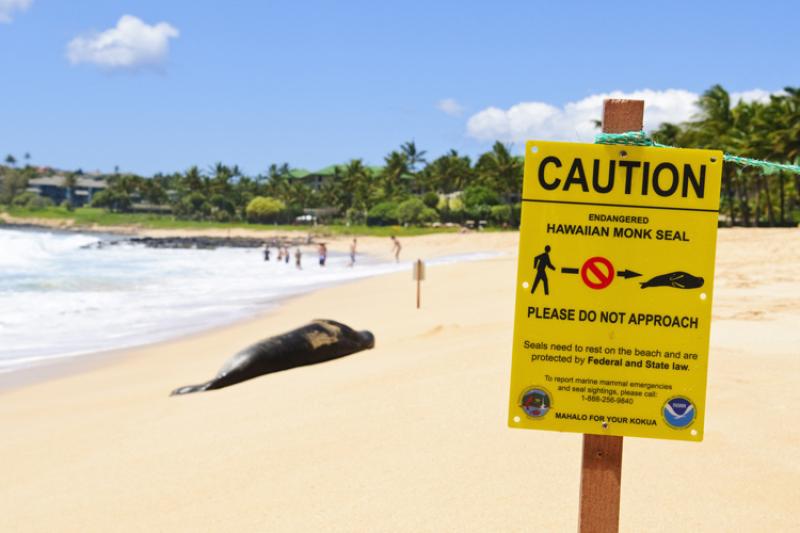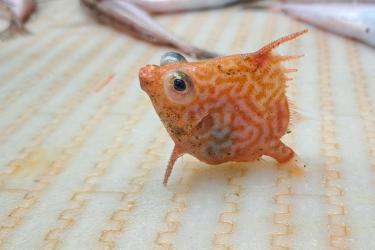Watching marine animals in their natural habitat can be a positive way to promote conservation and respect for animals and their environment. But irresponsible human behavior can disturb animals, destroy important habitats, and result in injury to animals and people. Before spending time on or near the ocean, know the regulations and guidelines for viewing and approaching marine mammals and sea turtles.
Learn more about proper marine life viewing guidelines
Videos: Share the Shore
When seals and sea lions share our shores, we need to give them space, especially mothers with pups.

